When was the last time you unplugged completely? No email, no texts, no “just checking in” with the team? If you’re like most practice owners, you probably can’t remember.
This isn’t because you don’t want time off. It’s because you’ve designed your business in a way that makes stepping away impossible. The hidden mistake is not a packed schedule. It’s building a structure where everything depends on you.
I learned this the hard way. Years ago, I took my family to the beach. On the outside, it looked like vacation: sandcastles, waves, the kids laughing. But there I was, laptop open, phone buzzing at my side. I told myself I was “balancing it all.” In reality, I was working in a different zip code. That day revealed what so many owners experience: presence without detachment isn’t rest. It’s pretending.
The Cost of Staying Tethered
It’s tempting to believe that working through vacations or staying constantly available is what makes you responsible. But the data shows otherwise.
- A study published in the Harvard Business Review showed that leaders who fail to detach from work fall into constant firefighting. They spend their days reacting instead of leading, which stunts long-term growth and exhausts the team around them.
- The World Health Organization and the International Labour Organization reported that consistently working more than 55 hours per week is associated with significantly higher risks of stroke and heart disease. Overwork isn’t just unsustainable. It’s unsafe.
- A Fast Company analysis of vacation research showed that employees and leaders who truly disconnect return with more creativity, sharper problem-solving, and higher overall productivity. The catch: those benefits only occur when people fully detach. Checking in defeats the purpose.
- A recent Entrepreneur feature emphasizes that delegation is not optional if you want to scale. It is the only way to shift from operator to strategic leader.
Every hour you refuse to step back doesn’t just cost you rest. It costs your clarity, your team’s growth, and your business’s resilience.
What “Owner as Bottleneck” Looks Like
You can spot this mistake in your daily operations:
- Staff hesitate to make decisions because “the boss should approve.”
- Processes exist informally in your head, not in writing.
- Clients call you directly because they know you’ll respond faster than the system.
- Even small issues escalate to you, because there’s no clear chain of command.
When this happens, the business is not really functioning as a business. It’s functioning as an extension of you. And that means time off is impossible.
I lived it. At one point, my staff wouldn’t schedule a simple change in hours without checking with me. On paper, it was a “small thing.” In reality, it meant I was the choke point for decisions that didn’t require me at all. Multiply that across dozens of decisions a week, and you can see why stepping away feels like fantasy.
Shifting From Indispensable to Sustainable
The antidote is not simply scheduling a vacation and hoping for the best. It’s redesigning the way your practice operates so your absence is not a liability. Here’s how to start:

Build a Decision Inventory
Spend one week noting every single decision you make. Clinical, financial, operational, even the “quick approvals.” Then ask: which ones actually require your expertise, and which ones could be handled by someone else if they had training and authority?
Document Runbooks
For each task that does not need you, write out a simple, step-by-step guide. This doesn’t have to be fancy. A one-page checklist or a shared Google Doc is enough to transfer knowledge. The point is to move information out of your head and into a system.
Name Points of Contact
Assign categories of responsibility to people on your team. If there’s a billing question, who owns it? If there’s a scheduling conflict, who resolves it? The more explicit you are, the less likely issues will boomerang back to you.
Design an Escalation Ladder
Not every problem is an emergency. Create levels of response. Minor issues stay at the front line. More complex ones go to a manager. Only the rare, high-stakes items reach you. This framework alone can eliminate 70% of the interruptions that steal your focus.
Run a Failover Test
Step out for 48 hours. Don’t answer calls or check emails. See where the breakdowns occur. Those breakdowns aren’t proof you can’t leave—they’re a map of exactly what needs to be fixed before you can.
Why This Matters Beyond Business
This isn’t just about getting a tan without your phone. It’s about creating a business that can stand on its own two feet. A business that serves you, your family, and your future.
When you cling to every decision, you’re not protecting your company—you’re trapping it. When you distribute authority, document processes, and run systems that don’t require your daily presence, you free yourself and strengthen your practice at the same time.
The beach taught me something no spreadsheet ever could. Until you build a structure that doesn’t need you every second, time off will always feel out of reach. Once you do, stepping away isn’t irresponsible. It’s the most responsible thing you can offer yourself, your family, and the people who depend on your business.
————————————————————-
Are you ready for a coach? Join the hundreds of physical therapy owners who are building the practice of their dreams with the support, guidance and direction of a Practice Freedom U Coach. Take the first step towards creating a business that sets you free by scheduling a Discovery Call



